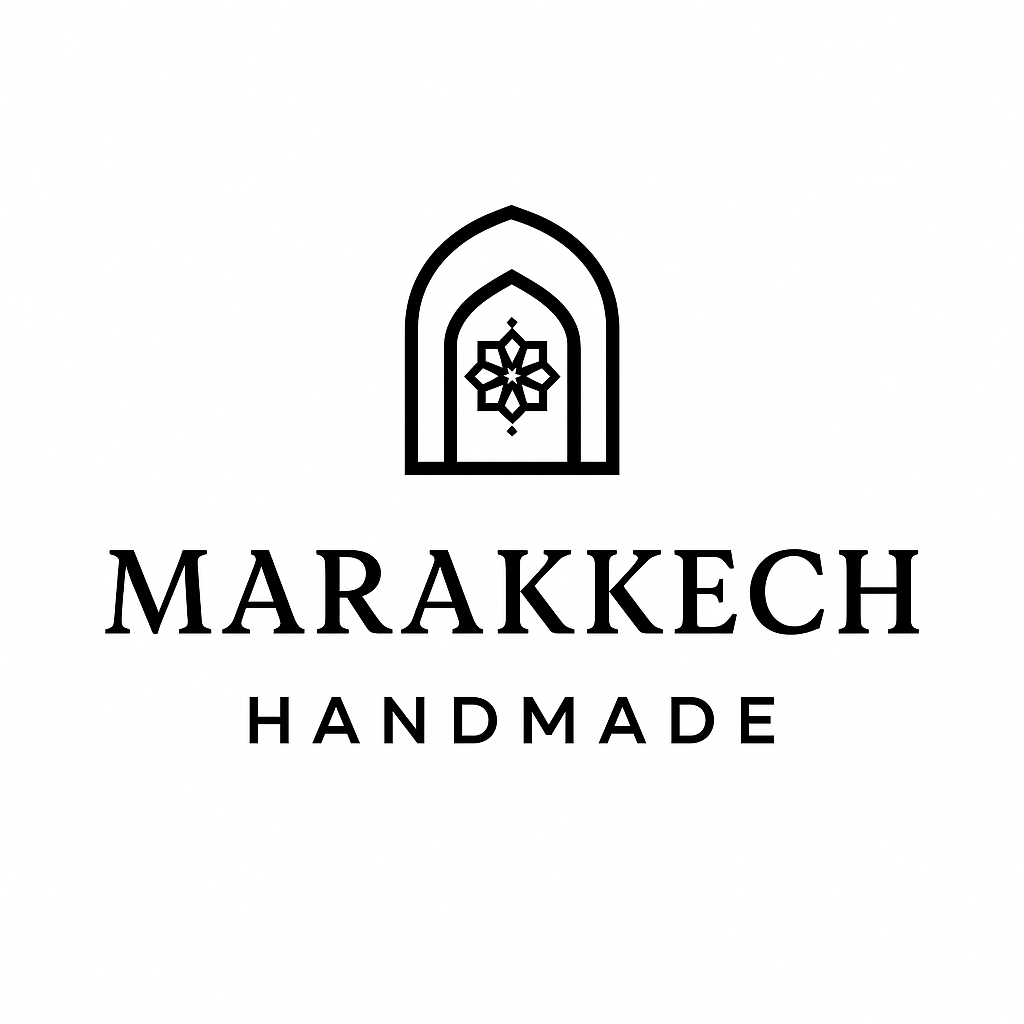
Woodwork & Carvings
“Cedar dreams carved into reality.”
Delicately carved cedar wood and thuya creations, from furniture to decorative boxes. A symbol of Moroccan artistry and patience.
Marrakech Woodwork & Carvings: Where Tradition Meets Timeless Craft
In the heart of Marrakech, the art of wood carving is not merely a craft—it is a living testament to centuries of cultural fusion, skilled artisanship, and architectural elegance. From the intricate latticework of mosharabiya to the ornate doors of riads, Marrakech’s woodwork reflects a rich tapestry of history and artistry.
🏛️ A Legacy Carved in Time
Woodworking in Marrakech traces its origins to the Almoravid dynasty in the 11th century. As the city flourished, so did its artisans, who drew inspiration from Berber, Arab-Andalusian, and Islamic architectural traditions. This confluence of cultures birthed a unique style characterized by geometric patterns, arabesques, and symbolic motifs, each telling a story of Morocco’s diverse heritage.
🌲 Materials That Tell a Story
The choice of wood is paramount in Marrakech’s woodworking tradition. Artisans primarily use:
Cedar: Sourced from the Atlas Mountains, prized for its durability and aromatic scent.
Thuya: A rare, fragrant wood native to Morocco, often used for inlay work.
Walnut & Olive: Valued for their rich tones and fine grain, ideal for detailed carvings.
These materials are not just functional; they carry the essence of Morocco’s natural landscapes and are integral to the authenticity of each piece.
🛠️ Techniques Passed Through Generations
Marrakech’s woodworkers employ time-honored techniques passed down through generations:
Carving: Using chisels and gouges, artisans create intricate patterns and motifs, often inspired by Islamic art and Berber symbols.
Inlay (Zouaq): Thin pieces of contrasting wood, bone, or metal are embedded into the surface to form detailed designs.
Polishing: Natural oils and lacquers are applied to enhance the wood’s color and protect it, allowing the piece to age gracefully.
These methods ensure that each creation is a unique work of art, reflecting the skill and creativity of its maker.
🕌 Cultural Significance in Architecture
Woodwork in Marrakech is not confined to furniture; it plays a pivotal role in the city’s architecture. The mosharabiya (mashrabiya) latticework, for instance, is a hallmark of traditional Moroccan design. These intricately carved wooden screens were originally used in windows and balconies to provide privacy and allow for air circulation. Today, they serve as decorative elements in homes and public spaces, casting beautiful shadows and adding depth to interiors.
🖼️ Iconic Wood Creations
Some of the most celebrated wooden artifacts in Marrakech include:
Carved Doors: Ornate entrances to riads and palaces, often featuring symbolic motifs.
Ceiling Panels: Intricately designed wooden ceilings that showcase the craftsmanship of artisans.
Furniture: Tables, chairs, and chests adorned with detailed carvings and inlays.
Decorative Boxes: Small boxes used for storing jewelry or spices, often featuring elaborate designs.
Each piece is a reflection of the artisan’s dedication and the rich cultural heritage of Marrakech.
Marrakech Woodwork & Carvings
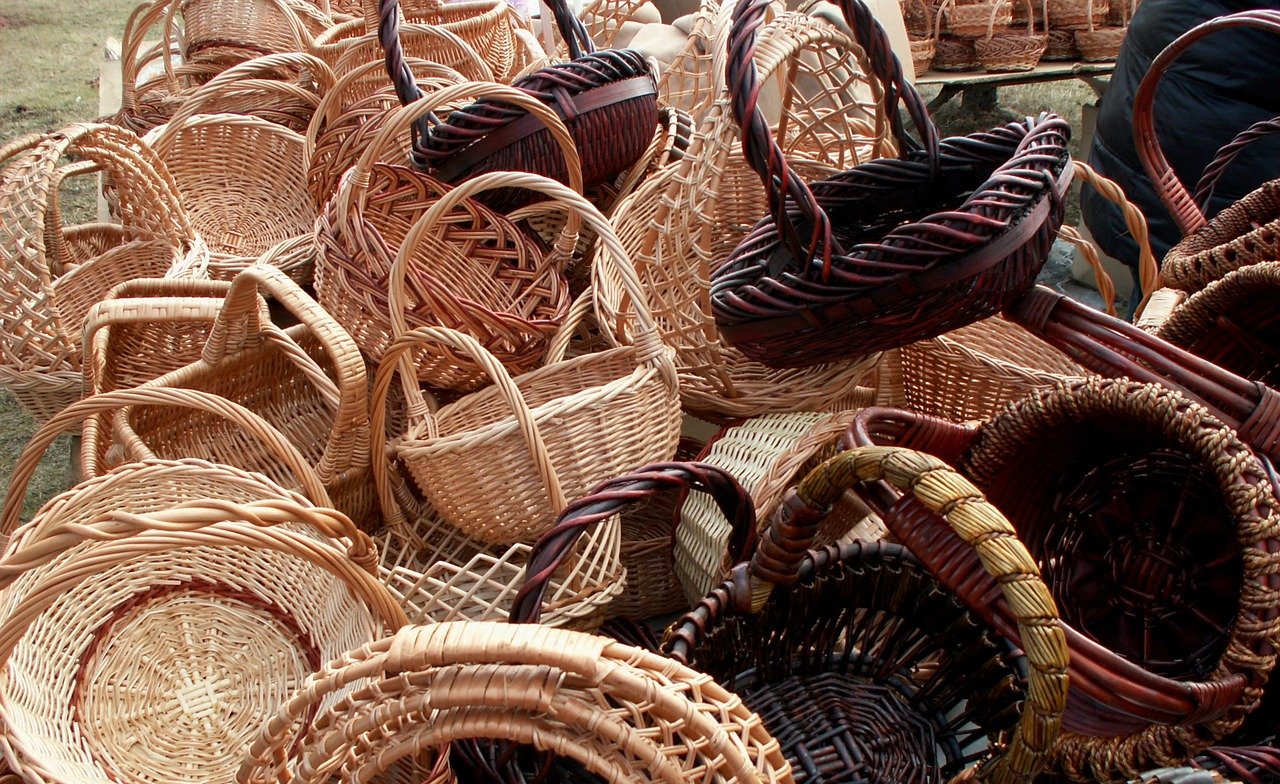
Furniture & Interior Pieces
Handcrafted tables, chests, and chairs showcase the skill of Marrakech artisans, combining functionality with intricate carvings and inlays. These pieces reflect both tradition and the refined taste of Moroccan interiors.

Decorative & Small Art Objects
Jewelry boxes, trays, and ornamental carvings capture the fine detail and creativity of Marrakech woodcraft. Each object is a miniature masterpiece, representing centuries of artisanal heritage.
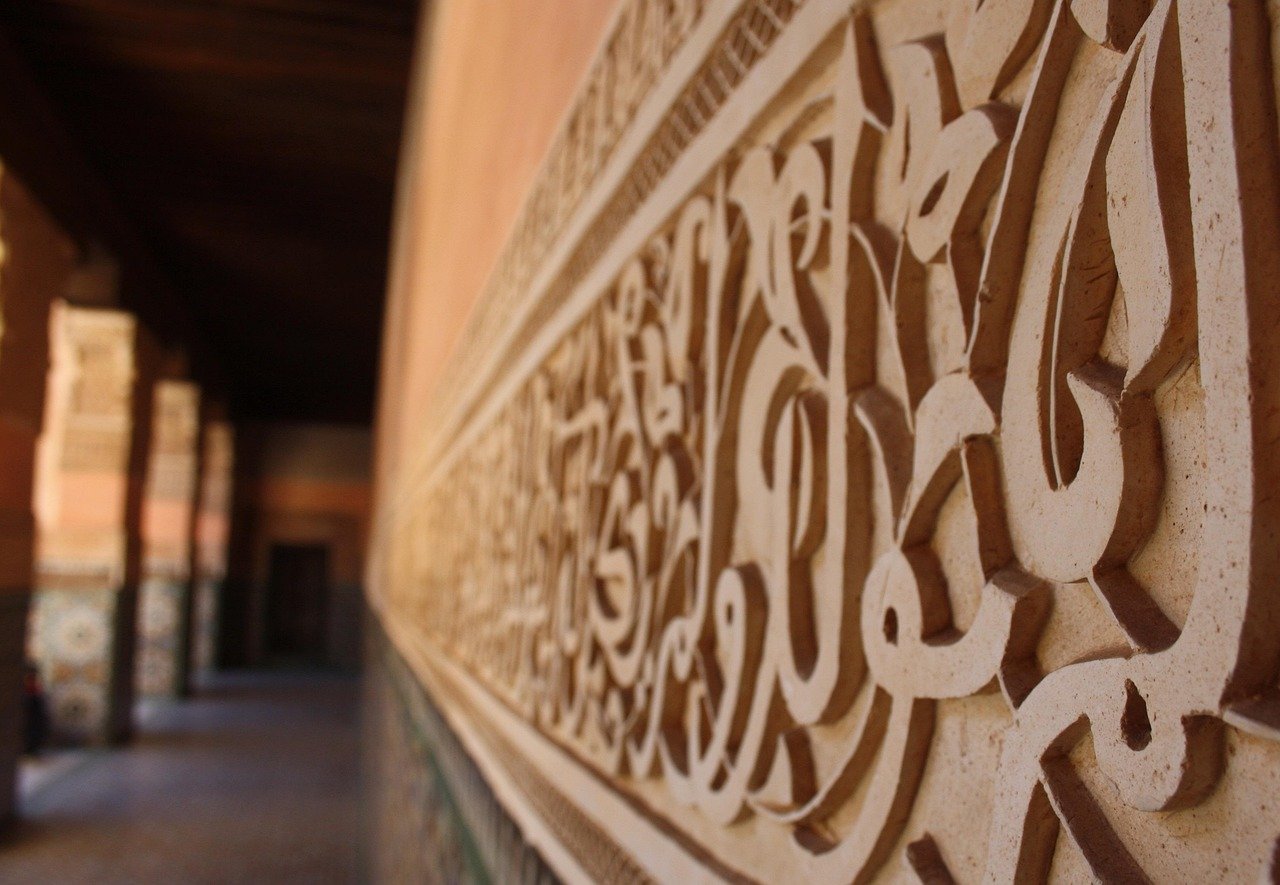
Architectural Woodwork
From intricately carved doors to ornate ceilings and mashrabiya screens, Marrakech architectural woodwork transforms spaces into living art. Each piece blends aesthetic beauty with cultural symbolism, privacy, and spiritual meaning.
The Most Famous Woodwork & Carvings
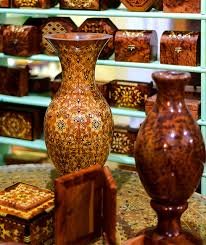
Marquetry
Delicate inlay work of contrasting woods, metals, or mother-of-pearl transforms surfaces into miniature masterpieces. Marquetry showcases the artisan’s skill and attention to detail.
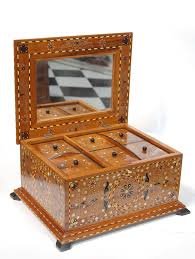
Thuya Wood
A rare, aromatic Moroccan wood prized for its rich color and smooth texture. Thuya is often used for small boxes, trays, and decorative pieces, embodying elegance and tradition.
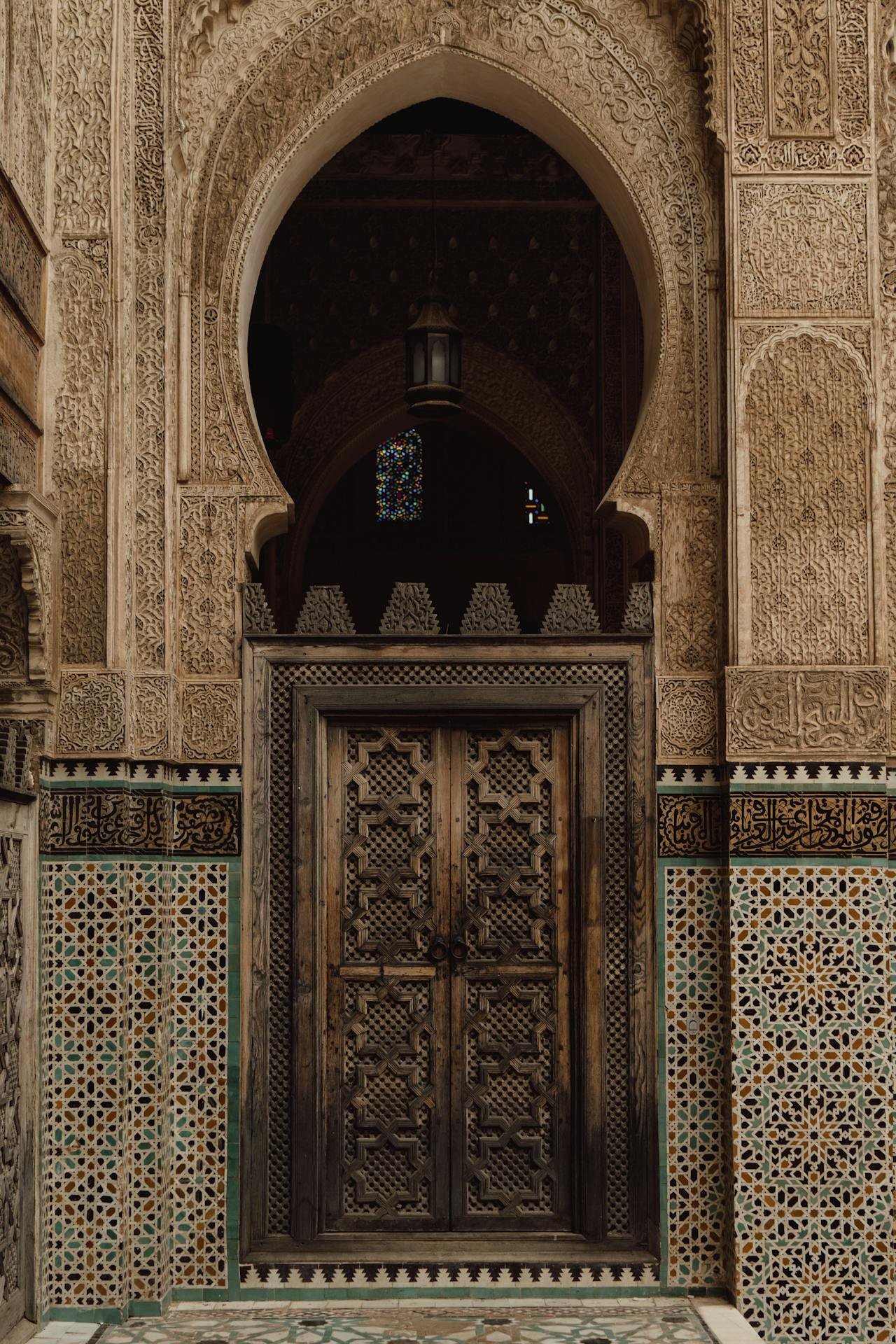
Cedar Wood
Durable and fragrant, cedar wood is a cornerstone of Marrakech woodcraft. From carved doors to furniture, it carries centuries of artisanal mastery and cultural heritage.
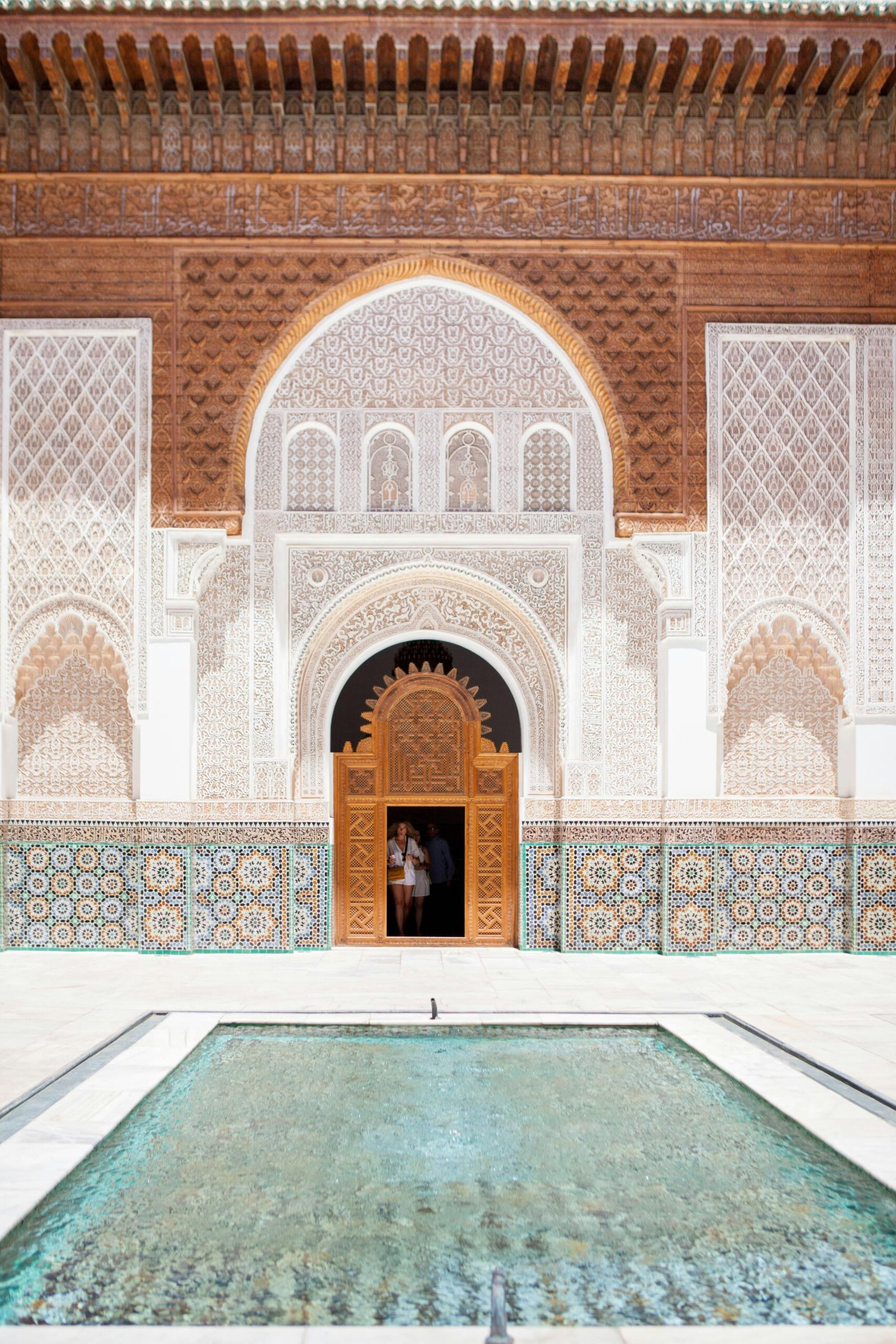
Geometric Designs
Intricate geometric patterns carved into wood reflect Islamic art and Berber traditions. Each design combines symmetry and precision, creating timeless visual harmony.
How to Identify Authentic Marrakech Woodwork & Carvings
Authentic Marrakech woodwork is a celebration of craftsmanship, culture, and tradition. Handmade by skilled artisans, true pieces show natural variations in carving, wood grain, and inlay. Each door, chest, or decorative object carries a fragment of Morocco’s rich artistic legacy.
